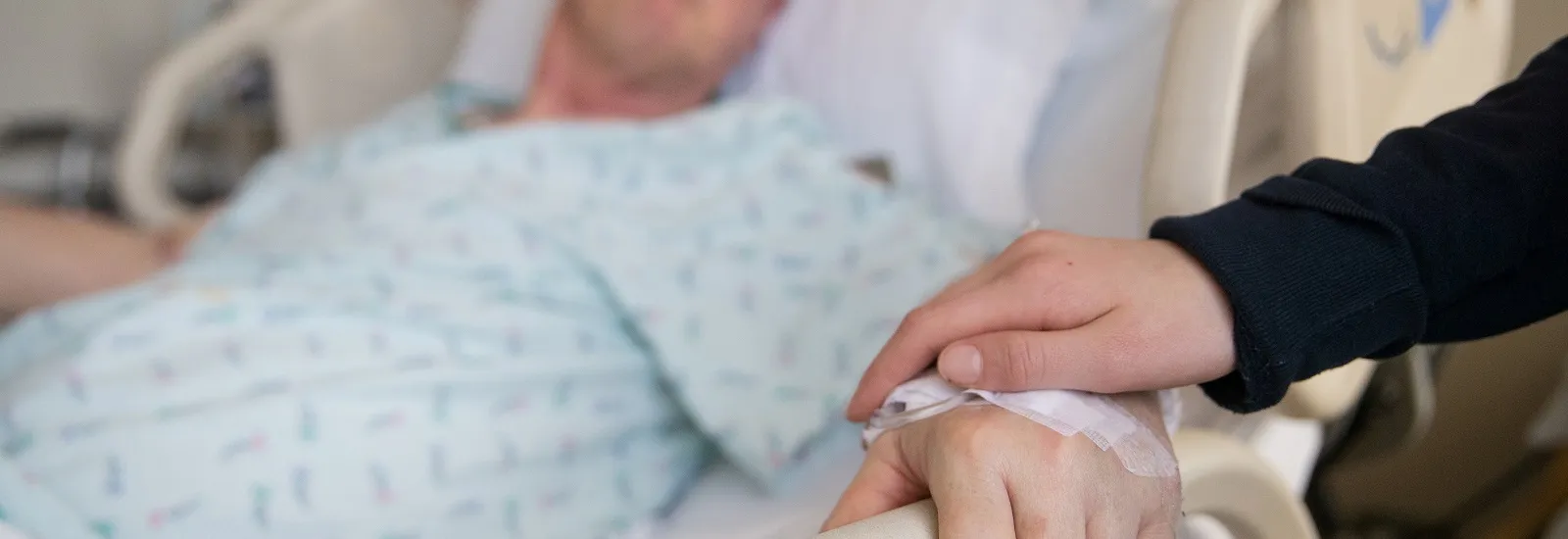
What you need to know about knee pain treatment
3-minute read
If you have knee pain, it can
negatively affect your quality of life. Whether it comes on gradually or
suddenly, pain in your knee can prevent you from doing many activities you love
as well as essential everyday tasks. Knee pain treatment[t1] varies greatly, depending on the cause and severity of the
pain.
Common
causes of knee pain
Your knee includes bones,
ligaments, muscles, tendons, and cartilage. When any of these structures is
injured, you can have knee problems.
Some common injuries and other
causes of pain in the knee joint include:
- Cartilage injuries: Meniscus tears, commonly known as torn cartilage, can happen from a sudden knee injury or from weakening over time.
- Kneecap break or dislocation: Injuries to the kneecap are common in athletes and can
also happen due to accidents or falls.
- Osteoarthritis: Over
time, osteoarthritis causes the cartilage in the knee to wear away, leading to
increasing pain.
- Rheumatoid arthritis:
This causes swelling in the knee and can destroy cartilage, leading to pain.
- Strains and sprains:
Sudden twisting can cause a strain or sprain. Strains involve injuries to
muscles or tendons, and sprains involve injuries to ligaments.
- Tendon injuries: These
often occur from overuse and can range from tears to inflammation.
- Torn ligaments: Anterior cruciate ligament (ACL) injuries are some of the most common knee injuries. An ACL tear happens most often after a sudden twisting motion. Posterior cruciate ligament injuries usually happen after a direct impact. Both injuries are common in athletes.
Infections, cancer, and other long-term diseases can also
cause knee pain.
When do you
need to see a provider?
For mild pain, the following at-home care tips can often do
the trick:
- Ice your knee. You can begin by applying an ice pack for 15 to 20 minutes at a time. Be sure to put a towel over your knee before applying the ice.
- If you have swelling, keep your knee elevated while you are resting.
- Place a pillow under your knee when sleeping.
- Rest and avoid putting weight on your knee when possible.
- Take over-the-counter anti-inflammatory medications, such as ibuprofen, or other pain relievers such as acetaminophen. Be sure to follow instructions and make sure these don't interfere with any other medications you take. Talk to your provider if you have been taking them for more than a couple of days.
- Wear a compression bandage around your knee.
If your knee pain is caused by a sudden accident or injury,
it's best to see your provider. You should also visit a
provider for evaluation if:
- Knee pain is severe.
- The calf below the knee is sore, swollen, numb, tingling, or bluish in color.
- You are unable to put weight on your knee.
- You have a lot of swelling accompanied by a fever or redness or warmth around the knee.
- You have been trying home remedies for several days and the pain is not improving.
- You have trouble flexing your knee or straightening it out.
- Your knee appears misshapen.
- Your knee clicks or locks up.
Other types
of knee pain treatment
When you visit a provider for knee
pain, he or she may order imaging tests to find the cause. These may include
X-rays, CT scans, or an MRI exam if a ligament or cartilage tear is suspected.
Depending on the cause of your
pain, treatment options may include:
- Physical therapy and rehab services to build strength and range of motion
- Steroid injections to control pain and inflammation
- Prescription pain medications
- Platelet-rich plasma injections for pain relief and to reduce inflammation
- Robotic-assisted knee replacement surgery, which can be an option for people with long-term pain
from arthritis or other conditions who do not respond well to other treatments.
Robotic-assisted surgery is minimally invasive and makes recovery faster and
easier.
- Surgery to repair torn ligaments, torn cartilage, and other injuries
Download the free "Your Guide to Freedom From Pain" from Reid Health.
For some people, lifestyle changes can also help prevent and heal knee pain. Getting to and maintaining a healthy weight can take pressure off your knees and lessen pain. Wearing proper footwear can also reduce knee pain. You can put arch supports in your shoes, which can be especially helpful if you have flat feet. If you are a runner, ensure your shoes are properly padded and run on softer surfaces, such as a track, instead of pavement. Alternatively, avoid activities that put regular stress on the knees. For example, try biking or swimming instead of running.
Say goodbye to knee pain.
Find out how the specialists at the Reid Health Comprehensive Bone & Joint Center can help.

